Exciting Developments in High Resolution Data Acquisition

STORY INLINE POST
Q: What measures is Sercel taking to maintain its supply and manufacturing lines and its client relations during COVID-19?
A: We have equipped the majority of our staff for home office. We continue to function successfully and are in regular contact with all our clients. We have manufacturing plants primarily in France, Houston and in China. The plant in China was closed for a few weeks but went back to work quickly when the lock-down there was lifted. Our French plant just opened again recently and Houston should follow shortly. In the interim, we have been able to ship existing orders using small crews and following strict social distancing protocols.
When the time comes, we have preparations in place to allow us to come fully back online quickly while ensuring our employees' safety. Unlike our competitors, Sercel enjoys a global footprint, Russia, India, the Middle East and North Africa were less effected by the previous downturn and we have received some big orders from those areas. In Latin America we received orders for our 508XT system from clients in Colombia and Brazil. Indeed, over the course of 2019, we started to recover quite significantly, making it a reasonably profitable year. An important factor going forward is that our development program for new products has not really been affected by the new downturn. We are continuing to develop and introduce new products.
Q: How are companies re-focusing their exploration efforts and creating benefits for Sercel?
A: Oil companies are essentially saving what expenditure they have for production. Exploration has now been hit extremely hard with the recent huge drop in oil prices. 2020 will certainly be a challenging year but again due to our exposure to certain markets in Asia and the Middle East we will still expect to make some significant deliveries. Iraq is a good example. They need to shoot seismic specifically in order to maintain production. Countries like Colombia, Brazil and Argentina have seen projects postponed. We are hoping that some big projects in Mexico, such as Ixachi, will continue through the downturn.
Q: What is Sercel’s outlook for expanding the coverage of wireless nodes?
A: We are very excited about our latest generation WiNG nodal system and in fact recently conducted a field test in Mexico. This product will replace our WTU node system. It’s a smaller node, with wireless connectivity between nodes. If your equipment is stolen or vandalized, these nodes will communicate with each other so an alarm can be raised quickly if a node has been moved, stolen or damaged. The WiNG package is much smaller and less visible than the WTU package. Autonomy of acquisition is also improved, with up to 50 x 24-hour days of battery life achievable.
The node also comes equipped with the latest generation digital sensor, the Quietseis, a unique, low-noise, broadband sensor that can accurately record signals from below 1hz and up to 400hz. Previous generations offered similar bandwidth, but were somewhat limited by instrument noise at the lower frequencies. We managed to solve this problem and our field tests have shown compelling results. We can guarantee better-quality seismic data from these units. This ability to record crisp and clean signal below 5hz is very important for the resolution of the final processed data, especially as you can then use those low frequencies for data inversion. This allows rock properties to be defined after processing. The Mexico test data is being analyzed now and we will be sharing tests from other countries with PEMEX and other clients via online workshops in the coming weeks. We certainly hope WiNG will be deployed in Mexico when the industry gets back to work.
Q: How does the node add value to the re-acquisition of legacy areas?
A: A smaller node will enable deployment in higher densities, even in difficult areas such as Tabasco and Veracruz. In the past, there was one sensor and one receiver every 50m. It should now be easy to space them every 25 or even 12.5m. This will provide an immediate increase in the resolution, like a television with more pixels. If you add the broadband nature of the data that we can acquire cleanly on top of that, then it is truly a double advantage. It should open a new world of possibilities for advanced processing on these broadband high-density datasets, capturing images superior to anything available in the past.
Q: What role is Sercel playing in the industry’s ongoing digital transformation?
A: We have a team working on vibrator auto-guidance and we have introduced a first phase in the Middle East that leverages enhancements to our navigation system. It is quite significant because the system’s situational awareness allows it to take over the control of the throttle of the vibrator. The acceleration from the previous stationary position (VP) and the deceleration toward the next stationary point (VP) are controlled by the onboard computer. The driver still has control over the steering of the vehicle and can use a tablet display to navigate to the next point. In the future, we will increase the automation perhaps even offering a driverless functionality for vehicles in remote areas.
In the north of Mexico, the surface terrain certainly lends itself to this first phase, which is why we would like to introduce it there. We should see appreciable increases in production levels. By using this navigation method, vehicles are also positioned more accurately, which contributes to better data resolution. If drivers get sloppy, a blurring of the data can occur. Letting the navigation system control the positioning contributes to better final results. At the moment, we have a development team working on that and other projects, including advanced marine products for offshore.
Our parent company CGG is well-known in Mexico having acquired & processed some of the biggest and most complex multi-vessel marine projects in recent years. They have however recently switched to an asset-light model, having effectively closed down the marine and land acquisition groups that carried out the seismic surveys. Sercel has been able to take advantage of some of the expertise from those groups and has formed a new R&D team at Sercel Massy. The new team is working on applying machine learning and AI capabilities to future products. Although still in the works, we are quite excited about the potential benefits. They are also are a great source of in-house knowledge for broadband high production acquisition techniques.
Q: What technologies can Sercel introduce to offshore locations?
A: For shallow waters in the transition zone we recently introduced 508TZ a specialized version of our best-selling 508XT system of which we have sold over 50 to contractors across the globe. The new 508TZ field equipment is fully compatible with the existing system and is capable of working in up to 25m water depths. It is significantly more economical to purchase and operate than shallow ocean bottom nodes, and it is easily and seamlessly connected to the standard land spread via a simple in-line adapter. It is a great tool if you need to tie together onshore and offshore surveys. We have sold two systems so far. One is operating in Russia in a tidal estuary, made especially challenging due to strong currents at certain times of the day. The other is operating in a transitional coastal area of Gabon. Both are performing well.
Last October we introduced our first ocean bottom node (OBN), the GPR, which is capable of operating in water depths of up to 1,500m. Like the WiNG for land, the GPR uses our Quietseis MEMS technology. In the GPR case however we have a 3C version of QuietSeis installed along with a hydrophone. We’re excited because it is the first and only OBN on the market using advanced MEMS and it is sure to provide much better data than currently available nodes that all still use old band-limited 15Hz moving coil geophones. It is worth noting too that our previous generation ocean bottom cable (OBC) system SeaRay was used in Mexico on a series of surveys and was equipped with an earlier generation MEMS digital sensor. PEMEX obtained highly superior results on these legacy surveys so we’re confident that with the new generation GPR can expect even better results. Hopefully, we will have a chance to deploy it in Mexican waters soon.
Built into GPR’s chassis is a place to insert our GeoTag pinger that provides acoustic positioning. In the case of competing products, you have to tie-wrap the pinger to the outside of the node. This runs a greater risk of noise being generated by water currents and also can interfere with the good coupling of the node to the seabed. The encapsulation is a really elegant integration scheme and should in addition provide improved positioning fixes by providing the node’s true surveyed location, reducing error from the pre-planned location and thus contributing to the accuracy of the final image.
We are also developing a land version of the 3C MEMS sensor. It will be destined for specialized projects and we look forward to launching it later this year.
Q: What are your main growth and development goals?
A: Onshore, we are starting to introduce the WiNG system indeed our first delivery took place just a few weeks ago. We think it will be a game-changer due to the qualities inherent in the MEMS digital sensor along with its logistical advantages and its ability to provide “System Certified Data”. We have a number of clients ready to use it on their future projects and we also have series of field demos scheduled. As soon as the industry recovers, we think we will be in a great place to take advantage.
Sercel Inc. is a major provider of seismic acquisition equipment. The company, which is renowned for its industry-leading technology, employs 1,500 personnel across its 13 office locations around the world.
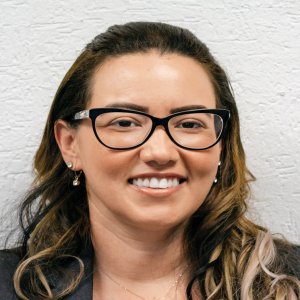
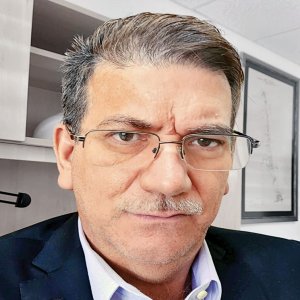
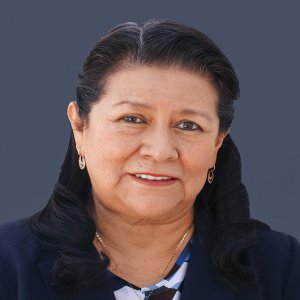

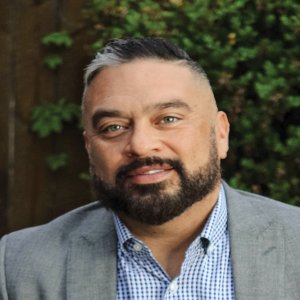

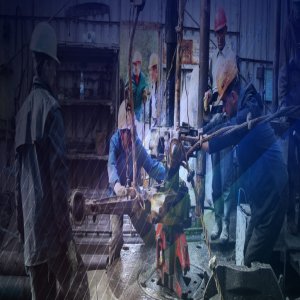
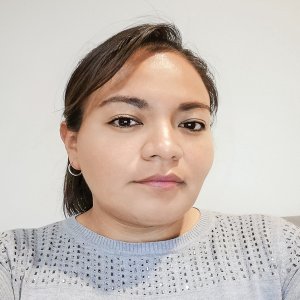
 By Pedro Alcalá | Senior Journalist & Industry Analyst -
Fri, 05/15/2020 - 12:54
By Pedro Alcalá | Senior Journalist & Industry Analyst -
Fri, 05/15/2020 - 12:54















